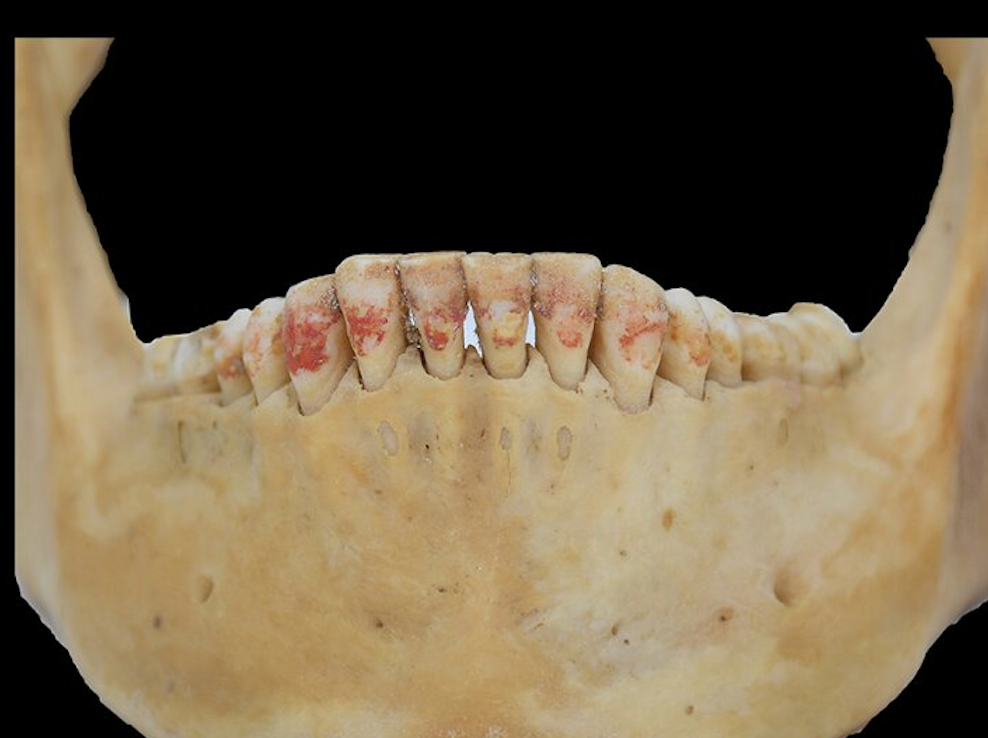Unique marks on 2,000-year-old skeleton of ‘Red Princess’ shed light on ancient Chinese civilisation
Finding points to significant role played by red colour in spiritual life of ancient people in this region


Archaeologists have identified what caused unusual red dye marks on the remains of a young woman who lived 2,200 years ago in China, shedding more light on the region’s ancient culture.
The research, published in the journal Archaeological and Anthropological Sciences, reveals the red stains on the woman’s teeth were caused by the mercury-based mineral cinnabar.
Cinnabar, a red form of toxic mercury sulphide, has never been found on human teeth remains before, scientists say.
Previous studies have found evidence of cinnabar and similar red pigments being used in the context of burials, paintings and even alchemy. But “this is the only known case of intentionally staining teeth red using cinnabar, a bio-toxic substance”.
Researchers believe the young woman – dubbed the “Red Princess of the Silk Road” – likely used the mineral as a cosmetic.
"It is believed that cinnabar was mixed with binders and used to stain the teeth of this young female during pre-mortem life," the study says.
“Even though this is an isolated case, its significance could be discussed not only in the context of its particular time and location but for human culture in general.”

The woman’s remains were discovered at the Shengjindian cemetery archaeological site in Xinjiang along the Silk Road, which ancient travellers and merchants used to move goods between Asia and Europe.
Her skeleton was found along with the remains of three other people, including that of a child. The grave also contained ceramics, wooden objects, bone combs, leather knife sheaths and boots, string ornaments as well as gold earrings.
The woman is suspected to have died between 2,200 and 2,050 years ago at the age of 20 to 25.

In the study, scientists used different chemical analysis techniques on the woman’s teeth remains to confirm that the red dye was indeed cinnabar.
“The results indicated that the red pigment on the teeth was cinnabar, which was attached to the surface of the teeth using a proteinaceous binder.” they write.
“This is the first-and-only known case of cinnabar used as a red pigment to stain teeth in antiquity and throughout the world.”

The findings point to a significant role played by the colour red in earthly and spiritual life in this part of ancient China.
Shamanistic rituals of the region are known to have used red pigments and scientists suspect cinnabar’s use could be linked in this case with spiritual beliefs.
However, they call for further research to provide more context into this unique usage of cinnabar.
Join our commenting forum
Join thought-provoking conversations, follow other Independent readers and see their replies
Comments